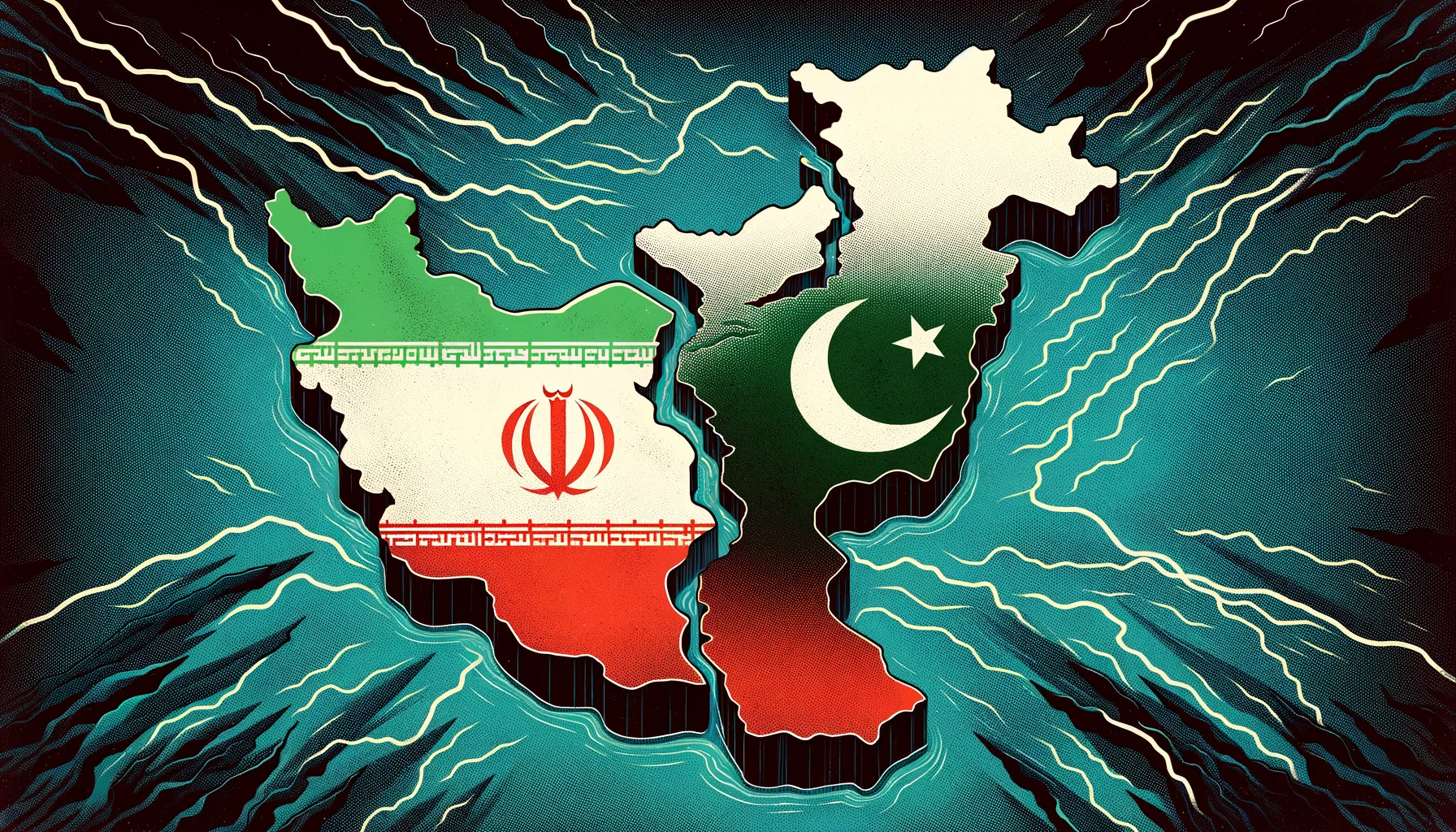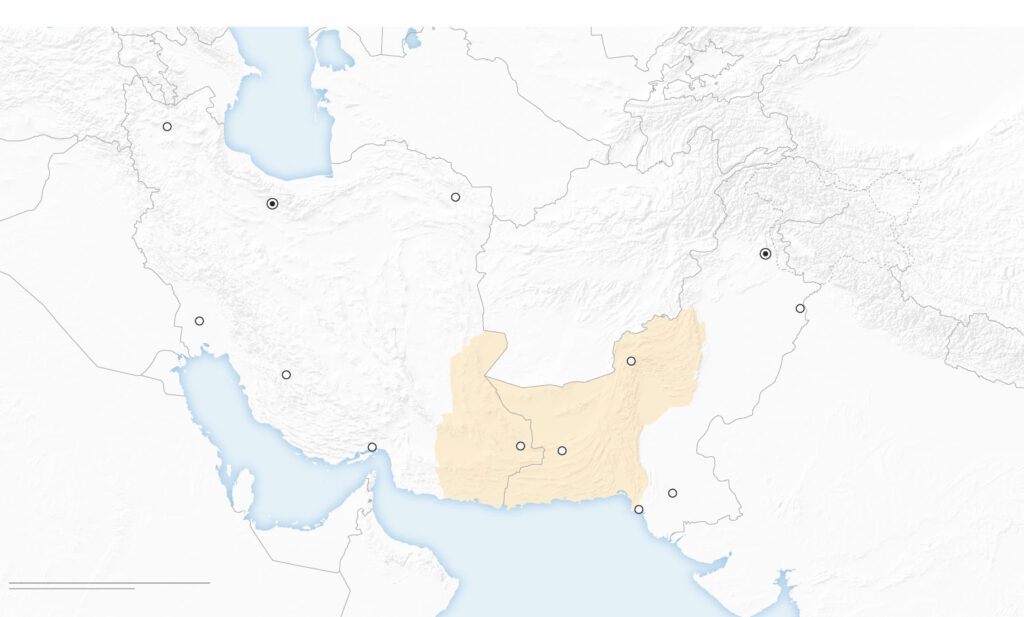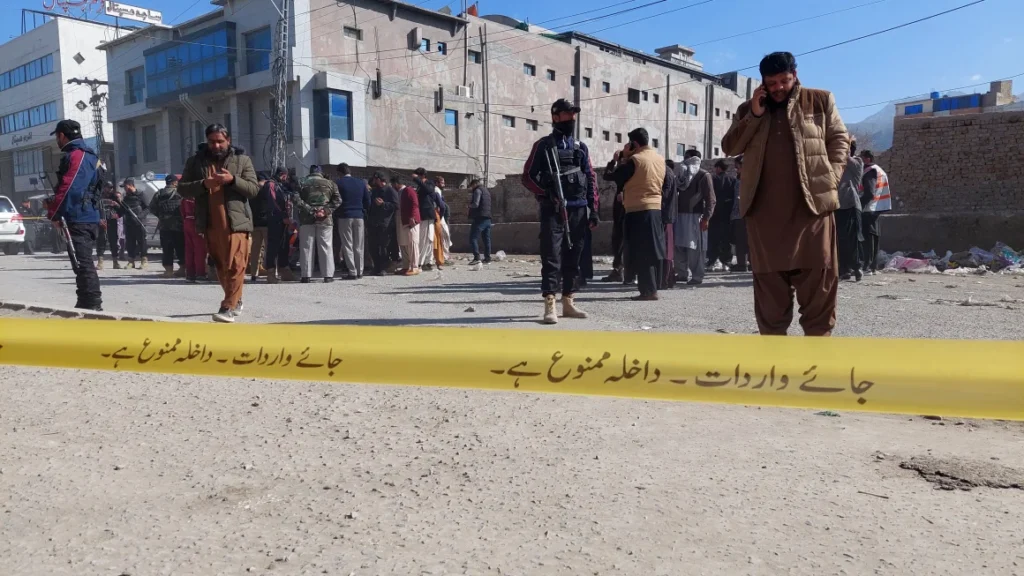Address
33-17, Q Sentral.
2A, Jalan Stesen Sentral 2, Kuala Lumpur Sentral,
50470 Federal Territory of Kuala Lumpur
Contact
+603-2701-3606
info@linkdood.com
Address
33-17, Q Sentral.
2A, Jalan Stesen Sentral 2, Kuala Lumpur Sentral,
50470 Federal Territory of Kuala Lumpur
Contact
+603-2701-3606
info@linkdood.com

The recent spike in fights between Iran and Pakistan is a big deal in Middle East politics. We’re going to break down why they’re attacking each other, looking at the mix of local issues and bigger Middle East tensions.

The trouble started in Balochistan, an area split between Iran (Sistan and Baluchestan province) and Pakistan. This place has been struggling with groups like Jaish al-Adl, who want to break away from Iran and Pakistan. They’ve been causing a lot of trouble, leading to fights on both sides of the border.
Another big part of this is the Sunni-Shia split. Pakistan is mostly Sunni, and Iran is mostly Shia. This difference affects their policies and who they ally with in the region.
Iran recently hit targets inside Pakistan, and Pakistan hit back. This new level of fighting is connected to the bigger issues in the Middle East, like the Israel-Gaza conflict and Iran trying to be a big player in the region.
Groups like Jaish al-Adl are a big problem. They’ve attacked both Iranian and Pakistani forces, leading to both countries taking the serious step of attacking across the border.
The Iran-Pakistan conflict is complicated. It’s about border issues, religious differences, and big-picture regional politics. As things keep heating up, it’s important to understand all these different parts to get what’s going on in Middle East politics.

A: The main reason is the unrest in the Balochistan province, which is part of both Iran and Pakistan. Separatist groups in this area, like Jaish al-Adl, are fighting against both governments. This has led to tensions and clashes along the Iran-Pakistan border.
A: The Sunni-Shia divide is a key factor. Pakistan is mostly Sunni, and Iran is mostly Shia. This religious difference influences their foreign policies and relationships in the region, adding another layer to the conflict.
A: The military strikes are a response to attacks by separatist groups and are part of a bigger struggle for power in the Middle East. Iran’s recent attacks on Pakistani soil, and Pakistan’s retaliatory strikes, mark a new and more aggressive phase in their relationship.
A: Jaish al-Adl is a separatist militant group operating in the Balochistan region of Iran and Pakistan. They have targeted forces from both countries, aiming to establish their own rule in the area. Their actions have been a major trigger for the current conflict.
A: The Iran-Pakistan conflict isn’t just a local issue; it’s part of the larger power dynamics in the Middle East. It’s connected to the Sunni-Shia divide, regional power struggles, and the ongoing tensions in places like Israel and Gaza. What happens here can affect the stability and politics of the whole region.
A: The situation is complex, and while peace talks are always a possibility, they would require addressing the deep-rooted issues in Balochistan, the sectarian divide, and regional power balances. Diplomatic efforts and negotiations would be needed from both sides and possibly involve other regional powers.
A: The international community is concerned about the escalation of violence and its potential to destabilize the region further. Many countries and international organizations are calling for restraint and diplomatic solutions to address the underlying issues of the conflict.
Sources CNN